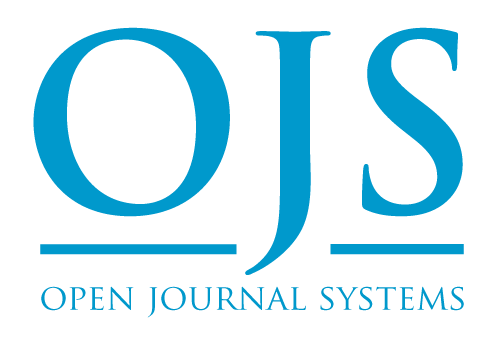A Study of al-Kāsānī’s Legal and Juristic Reasoning: In the Context of Kitāb al-Qismah and Kitāb al-Ḥudūd from Badā’iʿ al-Ṣanā’iʿ
DOI:
https://doi.org/10.5281/Keywords:
al-Kāsānī, Badā’iʿ al-Ṣanā’iʿ, juristic methodology, legal maxims, Islamic legal theoryAbstract
This article examines the methodological framework of Imām ʿAlāʾ al-Dīn al-Kāsānī (d. 587 AH) in deriving legal rulings through jurisprudential principles (uṣūl) and legal maxims (qawāʿid fiqhiyyah), with a particular focus on his magnum opus, Badā’iʿ al-Ṣanā’iʿ fī Tartīb al-Sharā’iʿ. Through a critical analysis of the chapters on Kitāb al-Qismah (division of property) and Kitāb al-Ḥudūd (criminal penalties), this study unveils al-Kāsānī’s distinctive integrative methodology, in which he harmonizes foundational legal principles with applied rulings (furūʿ). The research highlights his adept use of legal maxims—such as "Ḥurmat al-ribā lā taḥtamil al-irtafāʿ bi al-riḍā"—and his consistent reliance on textual (naṣṣī), rational (ʿaqlī), and linguistic (luġawī) evidences to substantiate his legal conclusions. Beyond demonstrating his analytical rigor, the article underscores al-Kāsānī’s contribution to the evolution of Ḥanafī legal theory by portraying Badā’iʿ al-Ṣanā’iʿ not merely as a compilation of legal opinions, but as a systematic exposition of juristic reasoning and methodology. The study concludes that al-Kāsānī’s balanced approach—rooted in both classical tradition and methodical legal reasoning—offers valuable insights for contemporary Islamic legal scholarship and reinforces his enduring relevance in the field of fiqh and uṣūl al-fiqh.
Downloads
Published
Issue
Section
License
Copyright (c) 2025 AL-HAYAT Research Journal (AHRJ)

This work is licensed under a Creative Commons Attribution 4.0 International License.












